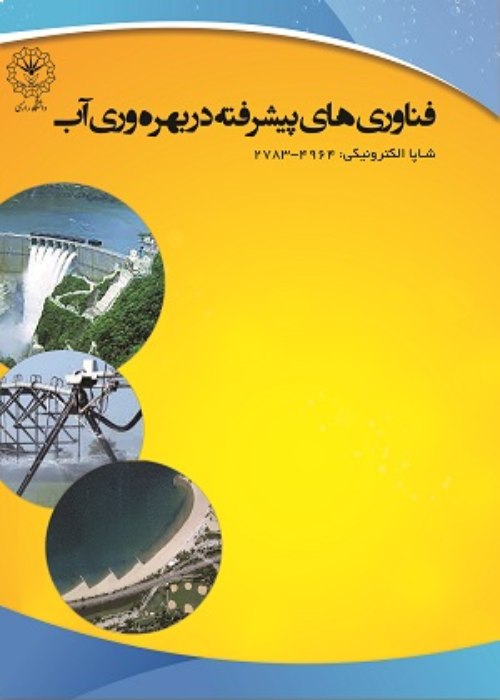Modeling of seepage in rockfill dams using a physical model
The measurement of the permeable water pressure, the flow rate of leakage and drainage from the beginning of the construction of the rockfill dam are the most important characteristics needed in analysis these dams. Failure to control the above parameters can cause the waste of water stored in the reservoir, threaten the safety of the dam, and also reduce the stability of the dam through piping or liquefaction. Rockfil1 dams are used to prevent seepage, store water, control floods and delay floods. The problem of leakage should be controlled and limited in such a way as to prevent the creation of adverse effects such as: loss of water stored behind the earthen structure, creation of pore pressure in the porous medium, reduction of the effective stress between soil particles and, as a result, reduction prevent its shear resistance. In many cases, rockfill dam meets the needs of the project, because gravel is far more stable than soil and its ability to be washed is less. The slopes of the gravel dam body are steeper than many other soils, which saves money. In the present research, gravel materials were first prepared from the river mines of Khuzestan province to conduct experiments. These materials were used in three sizes with an average diameter of 10, 20 and 30 mm respectively to make the model. In this research, it was tried to study the leakage parameters in the gravel dam by building a physical model. A physical model of a gravel dam was built in a laboratory flume with three gravel samples and three slopes with the aim of investigating and determining the amount of leakage from the dam body. Pore pressure was measured with piezometers installed in the flume body. The results of the research showed that in a constant slope, the flow-field angle increases as the flow depth increases. Also, with the increase of the flow rate and the increase of the diameter of the particles, the depth of the outlet flow is reduced and these changes are not clear at low flow rates, but are clearly visible at high flow rates. In constant diameter and flow rate, with the increase of the slope of the model, the depth of the outlet flow decreases, and in the constant flow rate, with the increase of the ratio (Bc/H), the value of the outlet height of the flow decreases. Based on the experiments, the following results are presented. In the ratio of Bc/H = 1, with the increase of upstream depth, the depth of outflow has increased. Considering that the depth of the outlet flow downstream can be determined using the concept of the flow-field angle, it can be said that the depth of the outlet flow increases with the increase of the flow-field angle. In the ratio Bc/H=2, with the increase in the width of the model, the depth of the outlet flow has decreased compared to Bc/H=1. In addition, it can be concluded that in a constant slope, with the increase in flow depth, flow-field angle increases. Also, with the increase in the diameter of the particles, the depth of the outflow decreases. These changes are not clear at low flow rates but are clearly visible at high flow rates.
- حق عضویت دریافتی صرف حمایت از نشریات عضو و نگهداری، تکمیل و توسعه مگیران میشود.
- پرداخت حق اشتراک و دانلود مقالات اجازه بازنشر آن در سایر رسانههای چاپی و دیجیتال را به کاربر نمیدهد.


